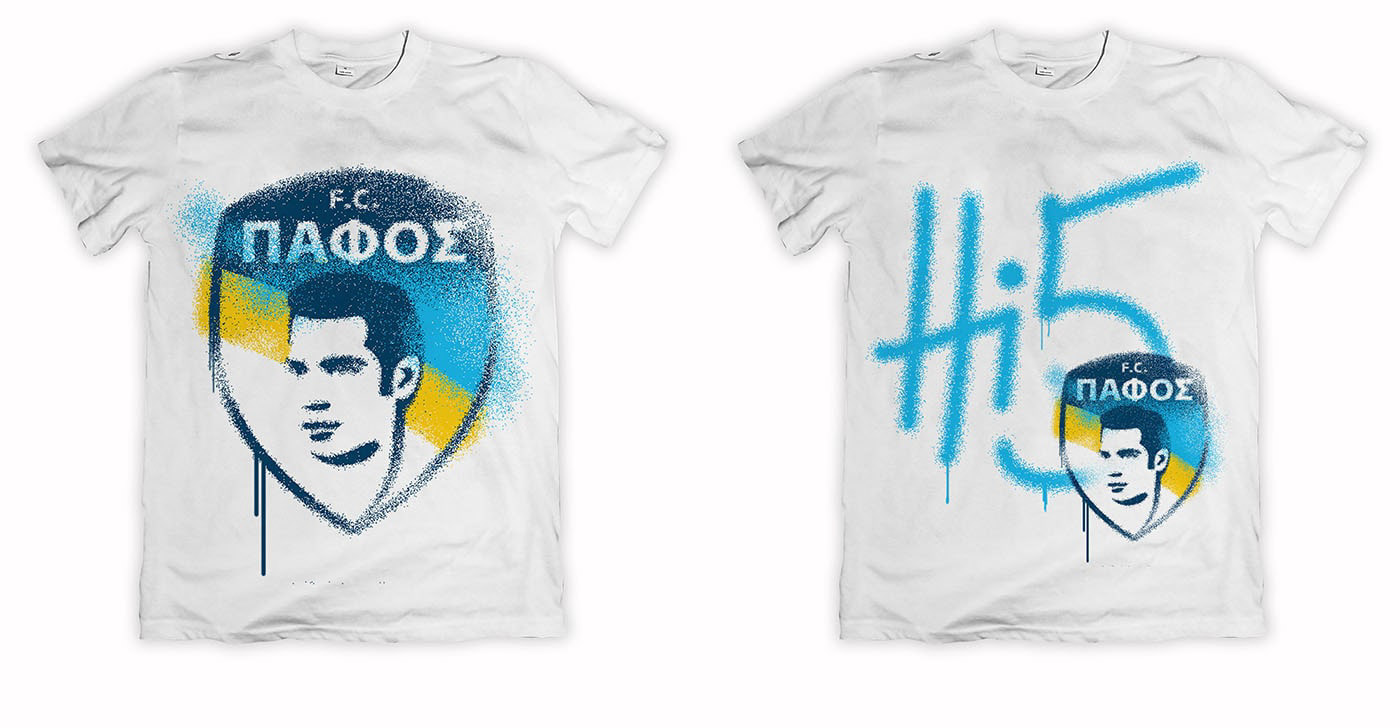


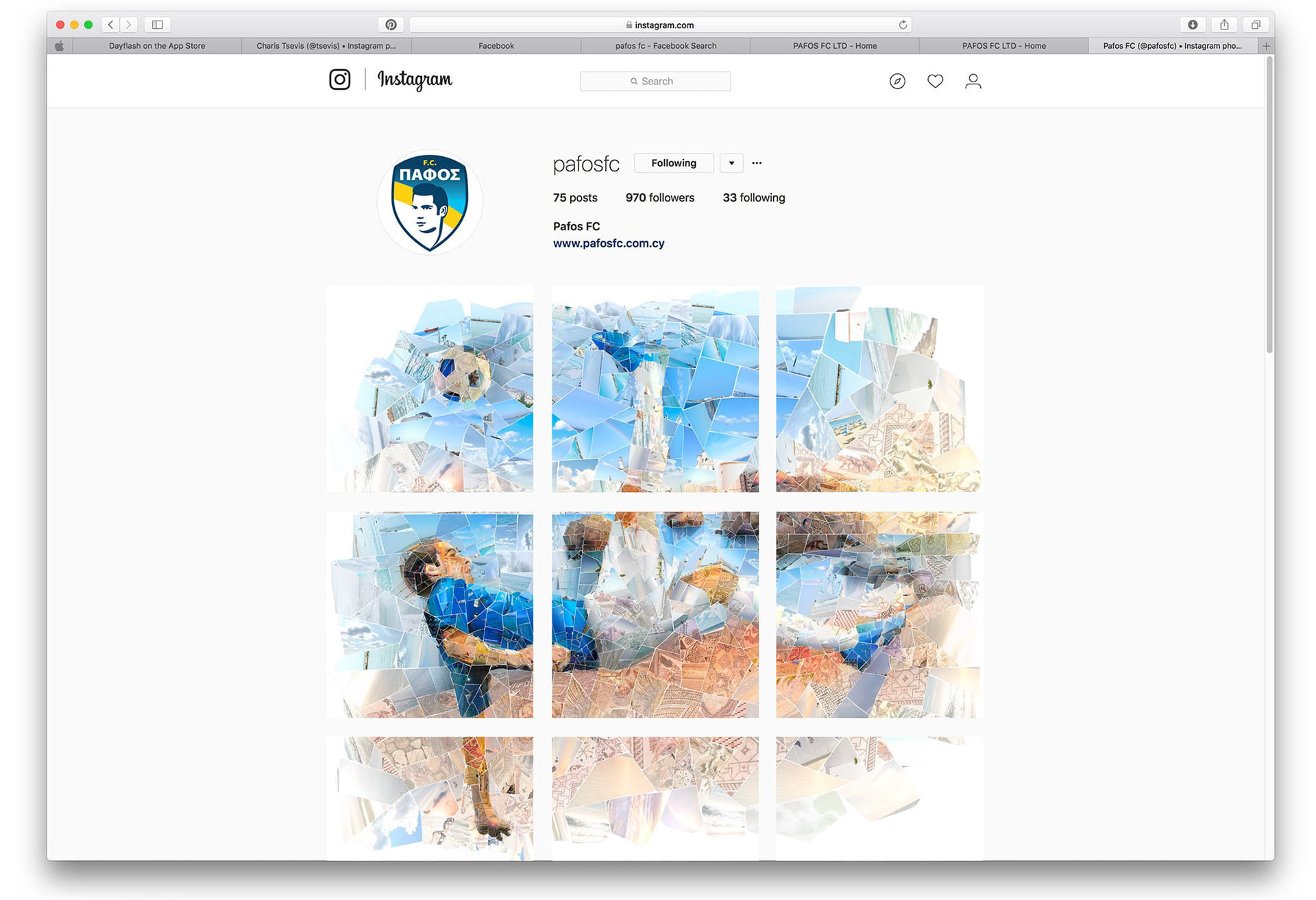
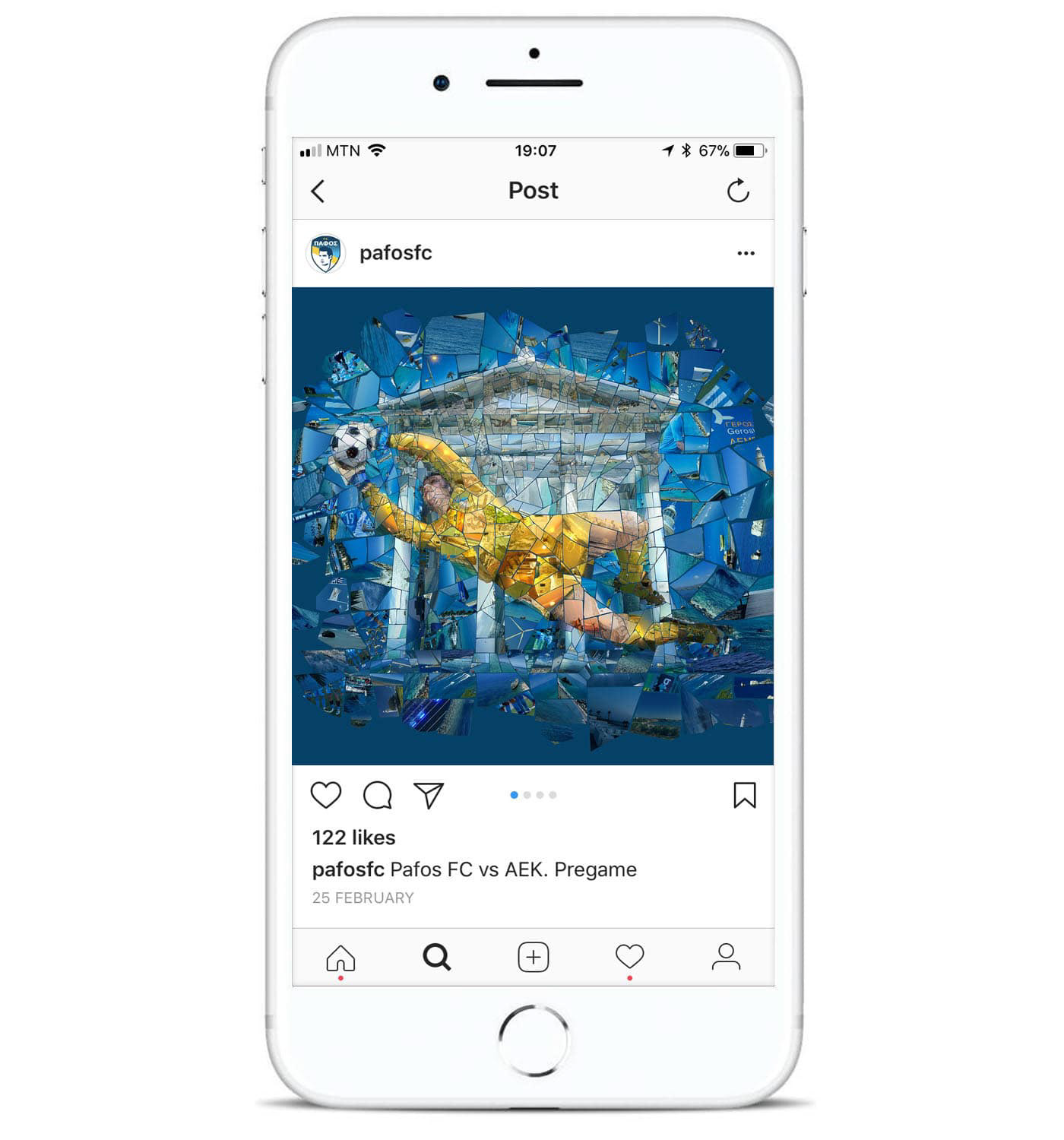
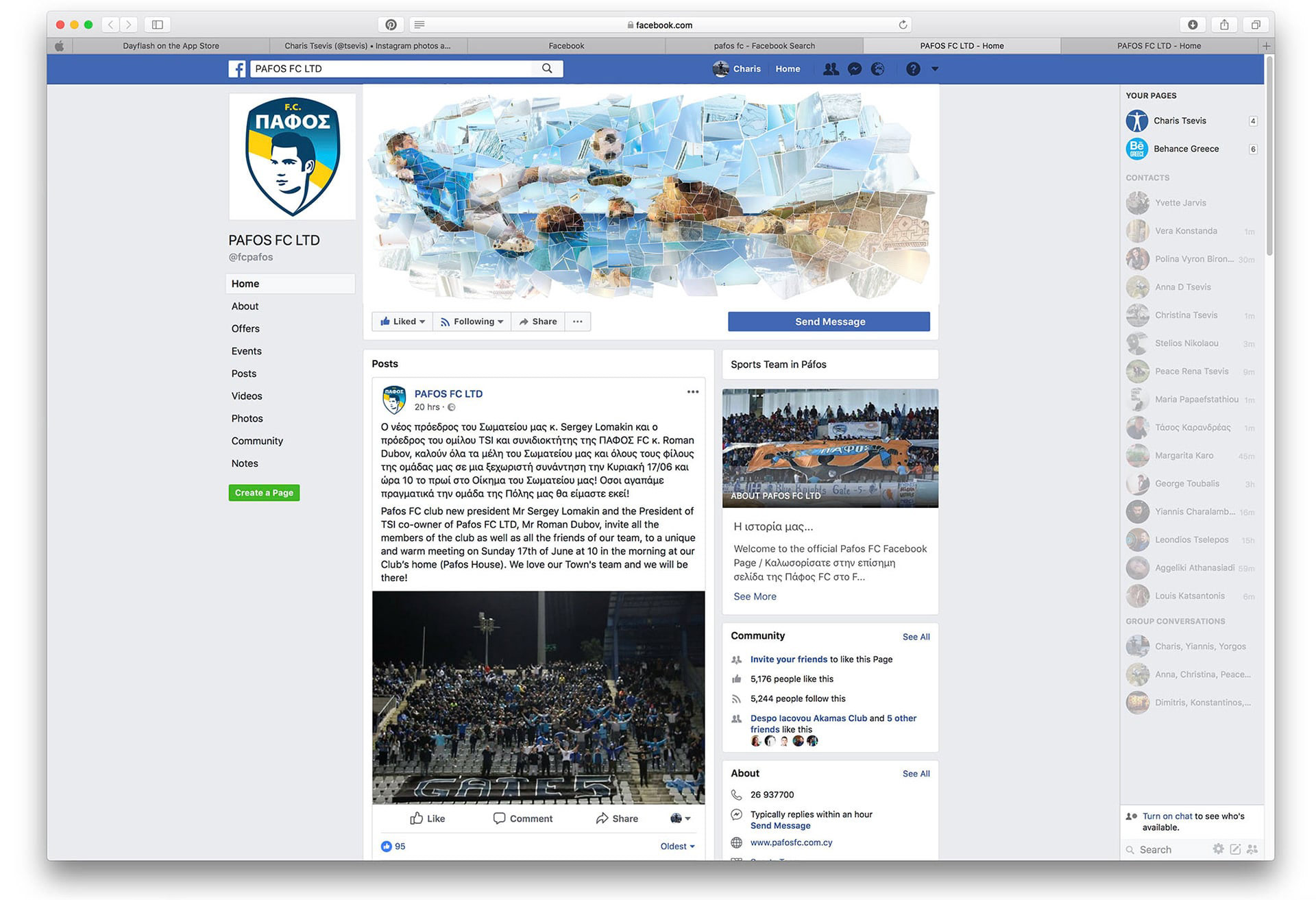
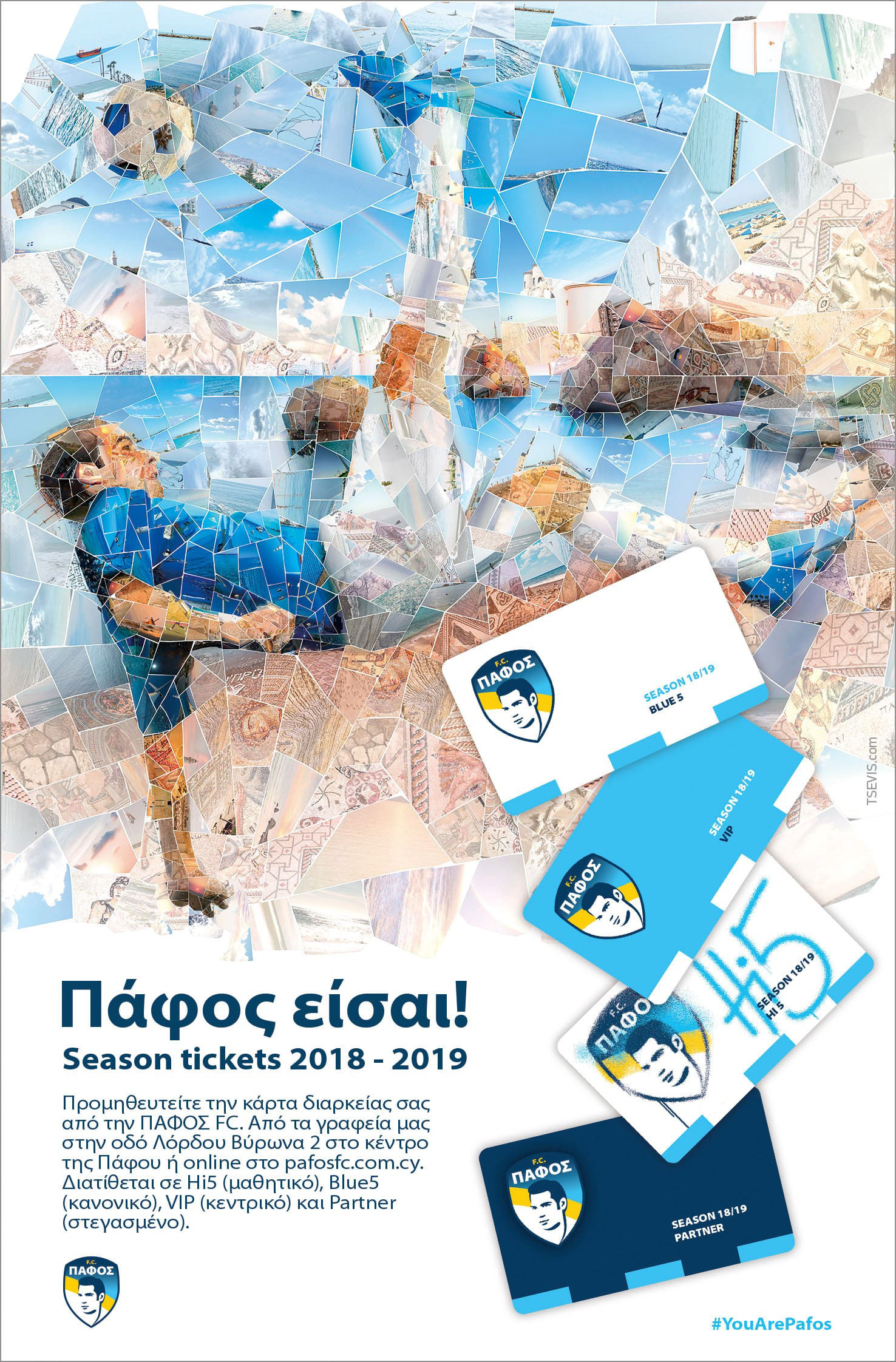
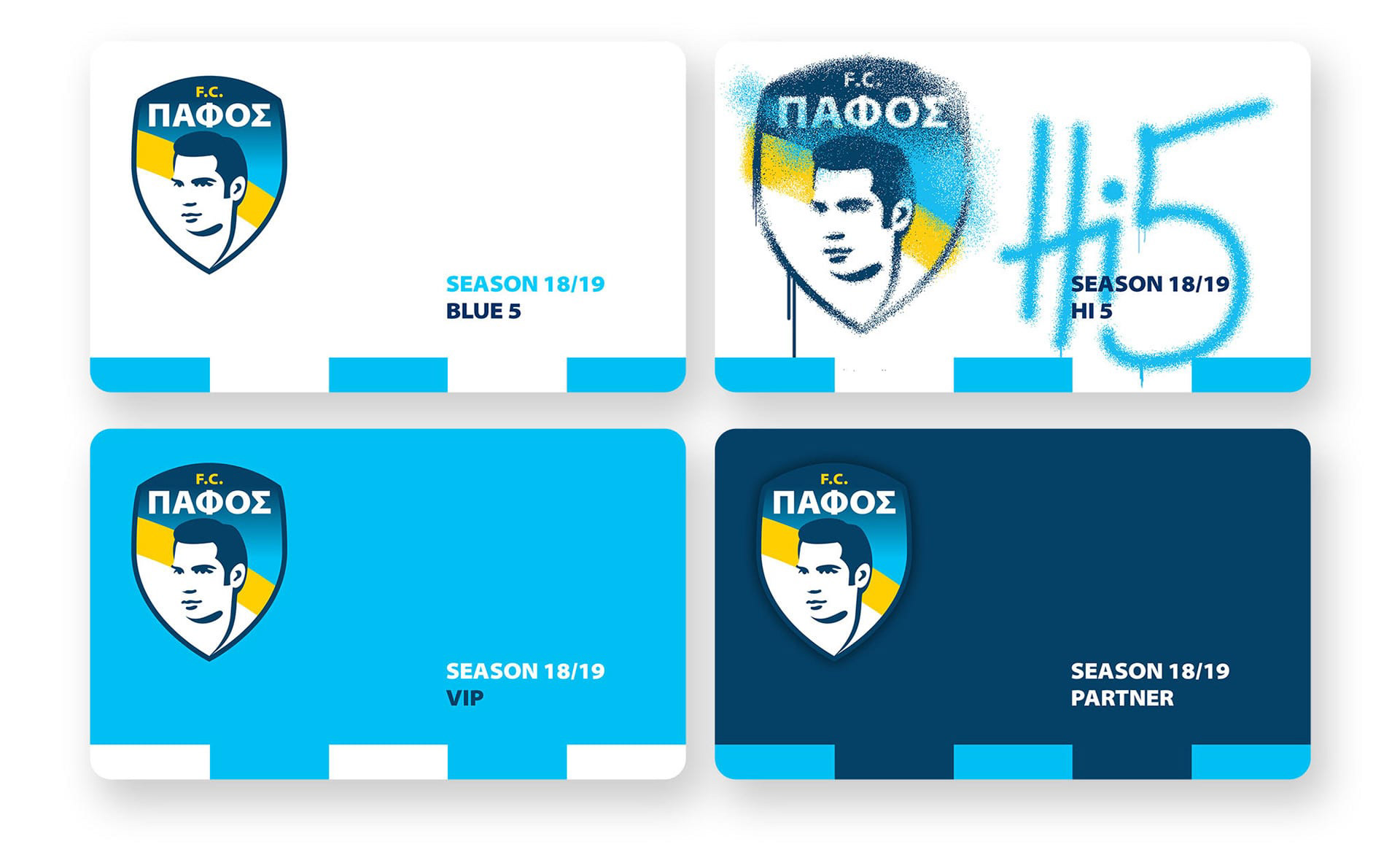
Client: Pafos FC
Year: 2018-2019
Applications: Team Identity, Digital Media, Merchandise, Environmental Graphics
Production: Vector and raster optimization for multi-platform deployment
Close-up of the digital mosaic showcasing Paphos landmarks and ancient heritage sites.
Intricate detail revealing how Mediterranean coastal photography forms this cultural mosaic portrait.
Zoom into the tessellation: UNESCO World Heritage Paphos meets contemporary digital art.
Mosaic detail highlighting the fusion of ancient Cyprus archaeology and modern sports branding.
Detail view of photographic tiles celebrating Cyprus cultural identity through digital craftsmanship.
Macro perspective on the mosaic technique blending Venetian Castle imagery with Mediterranean blues
Artistic detail showcasing variable-size tessellation algorithms in authentic cultural design
Close examination of how local Paphos photography creates authentic sports team identity.
Detailed mosaic section where ancient Greek patterns meet contemporary Cyprus football heritage.
Mosaic fragment revealing how authentic Paphos street photography builds championship-level brand identity.
Detail shot: where ancient mosaic mathematics meets modern Cyprus coastal imagery in perfect harmony
Mosaic art of Cypriot EOKA here Evagoras Pallikarides with traditional Cypriot motifs, Greek key patterns, Paphos related symbols in blue and white.
Detail of the digital mosaic of Aphrodite the Paphian made out of Greek-Cypriot cultural symbols, crosses and elements that are present in the city of Paphos.
